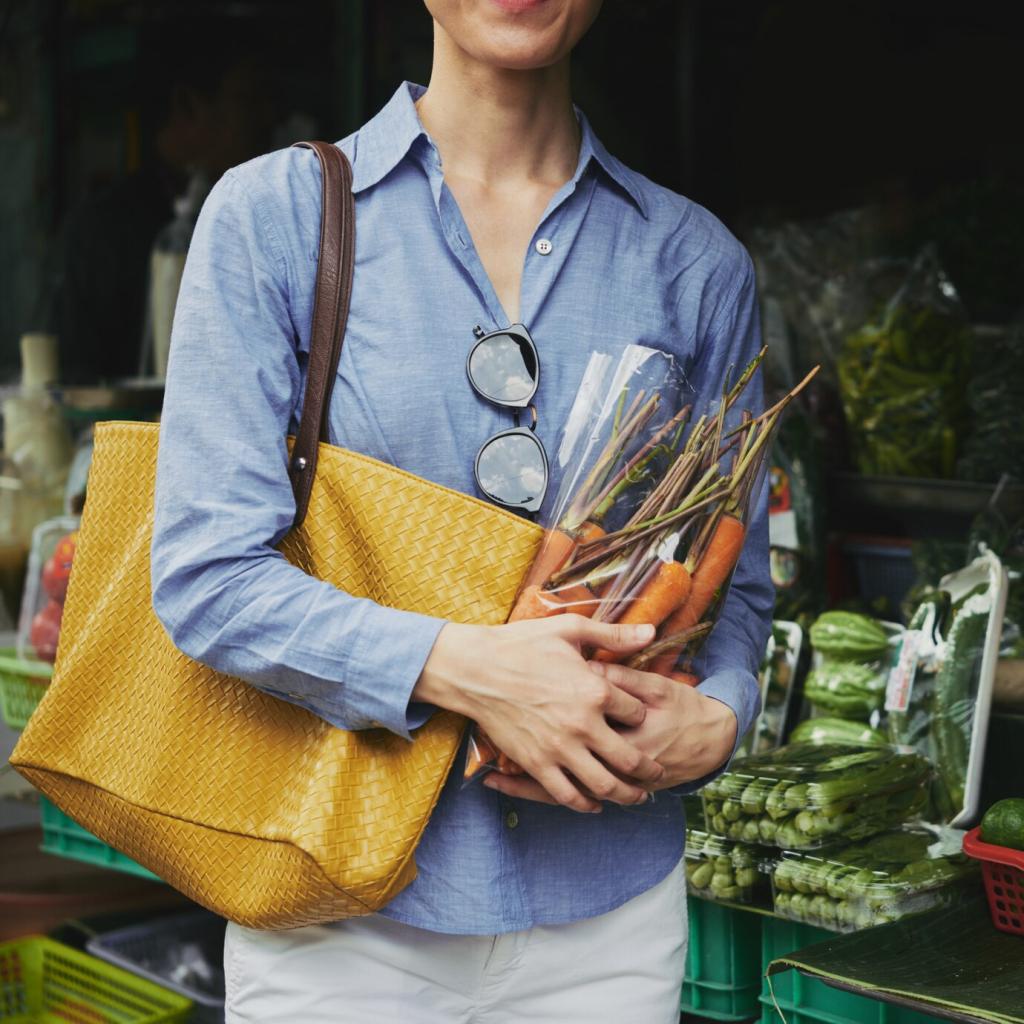What Sustainability Labels Really Mean
A certified eco-label typically involves transparent standards, accredited auditors, and public criteria, while a marketing claim might be self-declared with little proof. Ask who verifies the claim, how often audits occur, and whether evidence is accessible before you trust a pretty logo.
What Sustainability Labels Really Mean
Symbols simplify complex data, but context matters. A tree icon can mean certified fiber or merely a nature-inspired design choice. Look for the label name, a certifying body, and a standard number. When in doubt, visit the program’s website and verify current certification status.
What Sustainability Labels Really Mean
Every purchase nudges supply chains toward or away from better practices. Understanding labels helps you reward responsible brands and avoid hollow promises. Over time, these informed choices can reduce waste, protect habitats, support fair labor, and encourage companies to improve performance and transparency.





